
Important Notice for Existing and Potential Clients: As from 4th March 2013, Phil Lomax, Director and Principal Consultant of Green Dimensions is moving to take up a position as Principal Ecologist at Thomson Ecology. |
 |
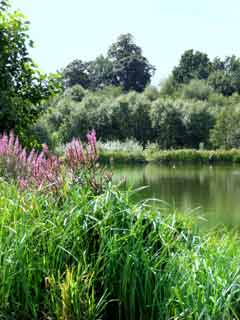 |
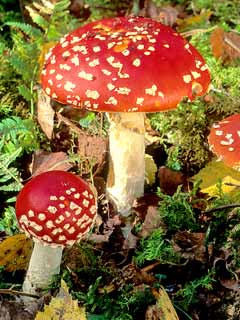 |
 |
|
News and Information Important New Book Audits State of Wildlife in the UK Silent Summer (1) was published in May 2010 and reports trends in the populations of all the main vertebrate and invertebrate animals in the UK over the last 50 years. Its broad findings are that many species of wildlife have been in rapid decline. Even species that were common in recent times have shown alarming declines. The Starling population has declined by 77% and that of the House Sparrow by 64% since 1979.Of greatest concern for the future, is the alarming decline in populations of invertebrates, especially insects, since they form a critical part of the diet of many higher animals and are vital for plant pollination. Silent Summer poses many key questions which we will need to urgently address to halt this rapid decline in wildlife. These include:
Silent Summer is essential reading for everyone who is concerned for the future of wildlife in the UK and can be ordered from Cambridge University Press . (1) Silent Summer. The State of Wildlife in Britain and Ireland .Ed Norman Maclean. Cambridge University Press, 2010.
|
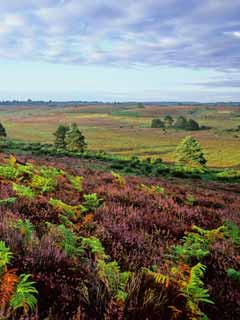 |
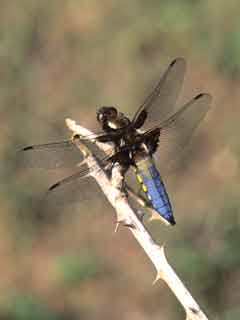 |
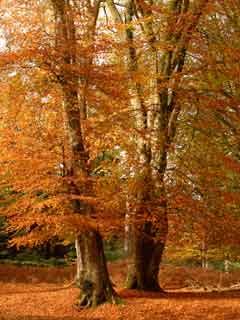 |
 |

Web Site Development and Wildlife Photography by Andrew Walmsley |
Copyright © 2008 Phil Lomax and Andrew Walmsley All rights reserved Copyright notice Terms and conditions |
